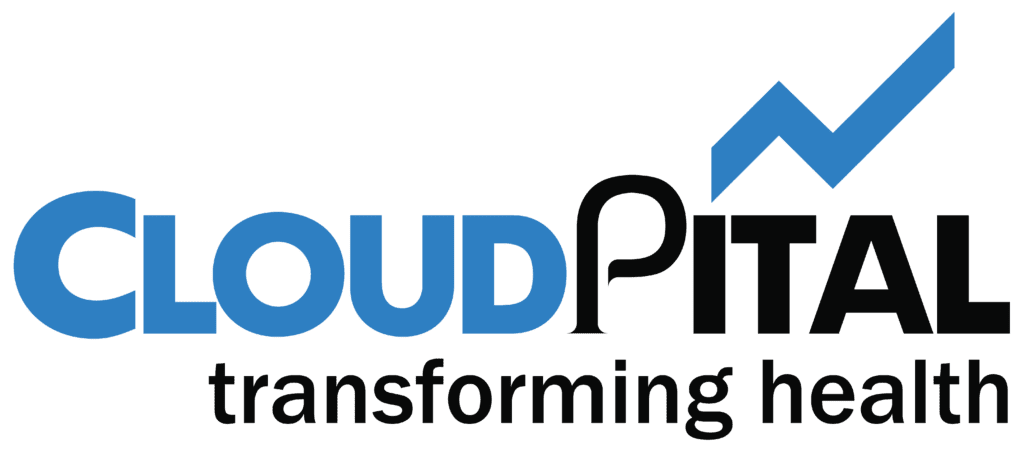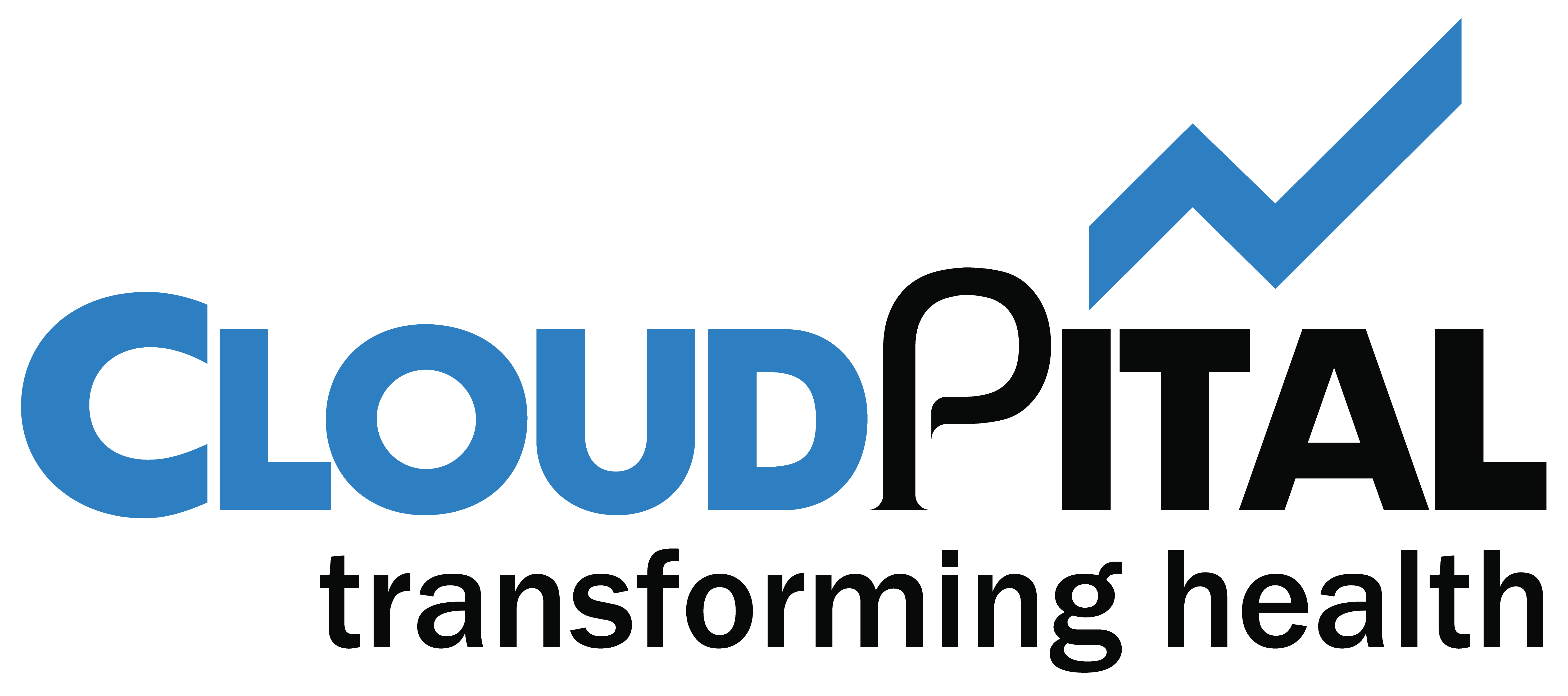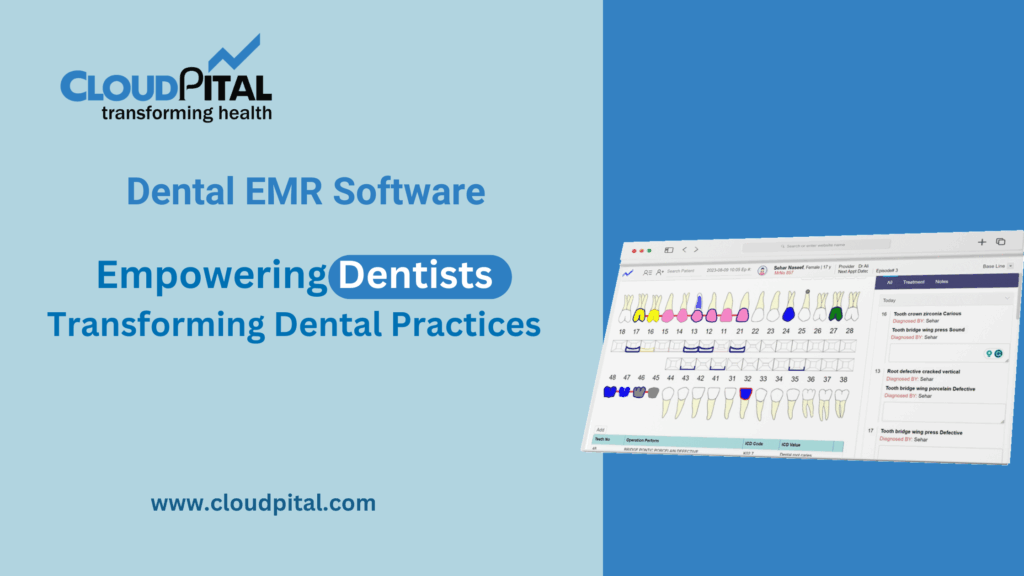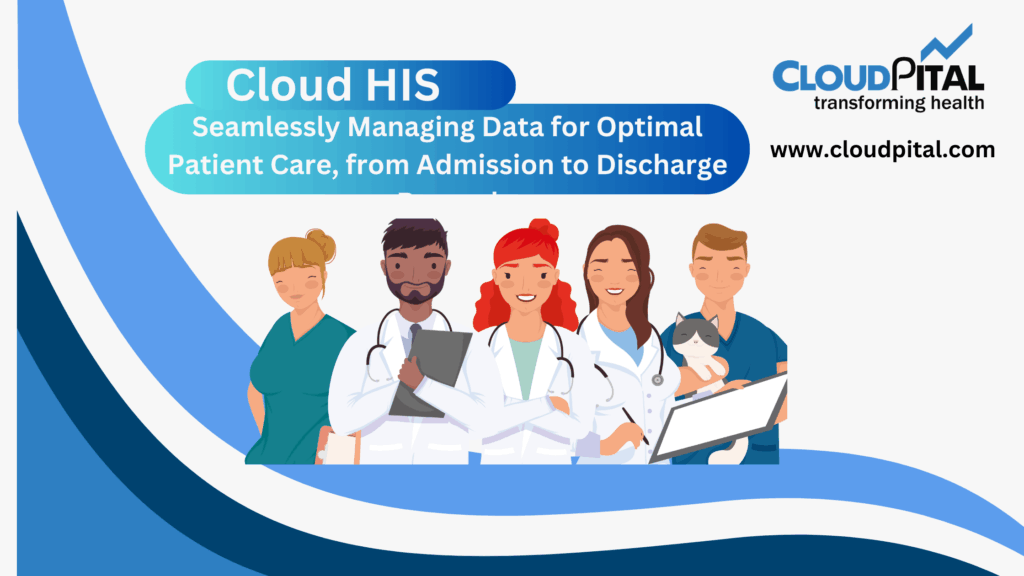Cloudpital # 1 one of the top Him Management is rapidly evolving through the digital revolution, embedding advanced technologies to streamline their operations, improve patient care, and enhance data analytics. However, with more connected and digitalized healthcare information systems, there is also an increased risk of breaches of data, cyberattacks, and unauthorized access. Protecting sensitive patient data and maintaining privacy is one of the critical challenges health organizations face. This blog outlines the need for data security in healthcare information systems, as well as points out major security threats, and shares ideas on improving data security.
Click to Start Whatsapp Chatbot with Sales
Mobile: +966547315697
Email: sales@bilytica.com
Cloudpital # 1 Him Management
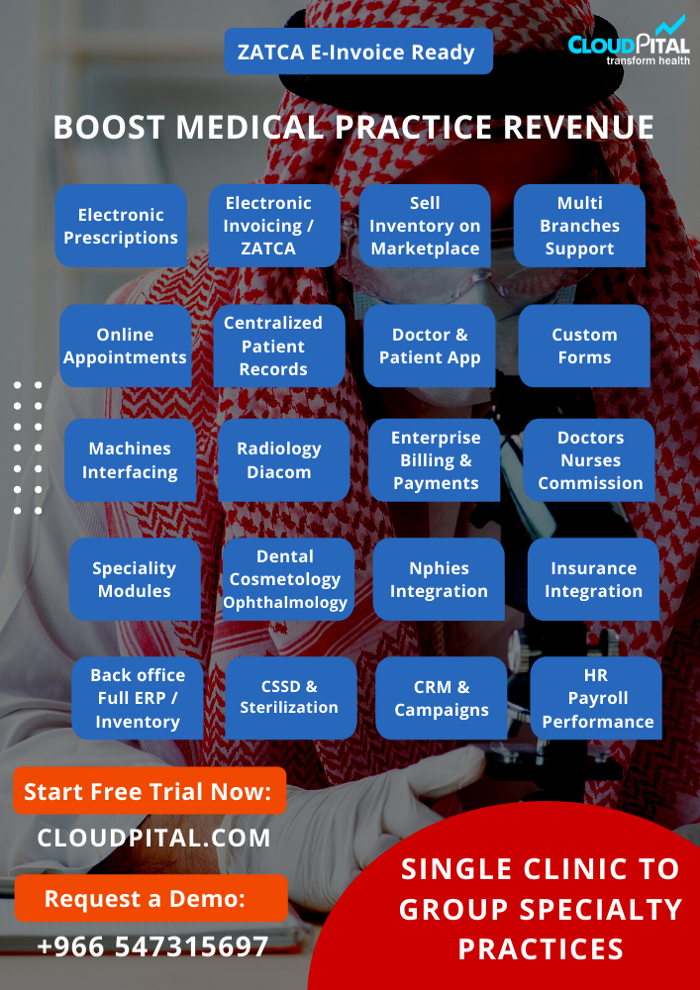
Importance of Data Security in Healthcare
A Him Management contains a large amount of information, including a patient’s history, medical record, treatment plans, and personal identifiers. This type of system is attractive to cybercriminals because it has much information that can be used in identity theft, insurance fraud, and other bad-faith activities. Here are some reasons why healthcare data security is very essential:
Patient Confidentiality: Therefore, patient information should be kept private since breach of security results in the unauthorised access of personal data that would break the confidence of patients and lower the reputation of providers.
Regulatory Compliance: Health care organizations are subjected to stringent regulations such as the Health Insurance Portability and Accountability Act (HIPAA), General Data Protection Regulation (GDPR) among others, that call for severe data protection. Non-compliance will incur severe penalties and trigger legal action besides revoking the certification.
Data Breaches: Data breaches will result in enormous financial loss, operational disruption, and long-term effects for health care providers. Strong security measures prevent breaches and guard patient data against unauthorized access or corruption.
Operational Continuity: Data security ensures the smooth functioning of health care systems. Cyberattacks can lead to data loss, system downtime, and disrupted services, which will compromise patient safety and care delivery.
Common Health Information Systems Security Threats
There are various threats to health care organizations on issues related to data integrity, availability, and confidentiality. Common ones include the following:
Ransomware Attack: Cyber hackers lock healthcare data using ransomware and hold out legitimate users from access for a ransom. The ransomware attacks might freeze the health care system, impact the delivery of patient care, and loss of data.
Phishing attacks: Phishing is a common tactic of an attacker using deceptive e-mail or websites to trick an employee into revealing sensitive information or installing malware. Many phishing attacks involve health care employees, taking advantage of access to critical systems.
Insider threats: These occur when employees with access to health care information systems unintentionally or intentionally compromise the security of data. It can be sharing logon credentials, misusing data, or failing to adhere to security protocols.
Weak Authentication Measures: Organizations with weak or outdated authentication measures are exposed to unauthorized access. An attacker can make use of weak passwords, security questions, or even unencrypted communications to find their way into sensitive information.
Third-Party Risks: Health care providers generally deal with third-party vendors, contractors, and other partners that have access to their systems. A weakness in security controls in the third-party system can also expose healthcare data to some risk.
Internet of Medical Things (IoMT) Vulnerabilities: With an increasing number of “wearables,” patient monitors, and diagnostic tools going online, the vulnerability to a security breach escalates. These are often less secure to design and develop.
Strategies to Improve Healthcare Information System Data Security
Effective protection of healthcare information systems involves implementation of multi-layered data security in organizations. The methods below will improve security on the healthcare systems:
Utilize strong authentication and controls for access
For example, through strong authentications such as MFA, illegal access is avoided to any Him Management system. This works through multiple sources for validating a user, for instance, passwords and security tokens or biometric data. RBAC enables that user can only get to know the information, which their role requires such that access would be limited due to less vulnerability of unauthorized accessing.
Encrypt data at rest and in motion
Data encryption is key in the protection of sensitive healthcare information from unauthorized access. Data encryption at rest protects data that is stored on servers, databases, and devices, while encryption in transit protects data in transit between systems and devices. Advanced encryption standards (AES) and Transport Layer Security (TLS) protocols are common methods to ensure data remains confidential and secure.
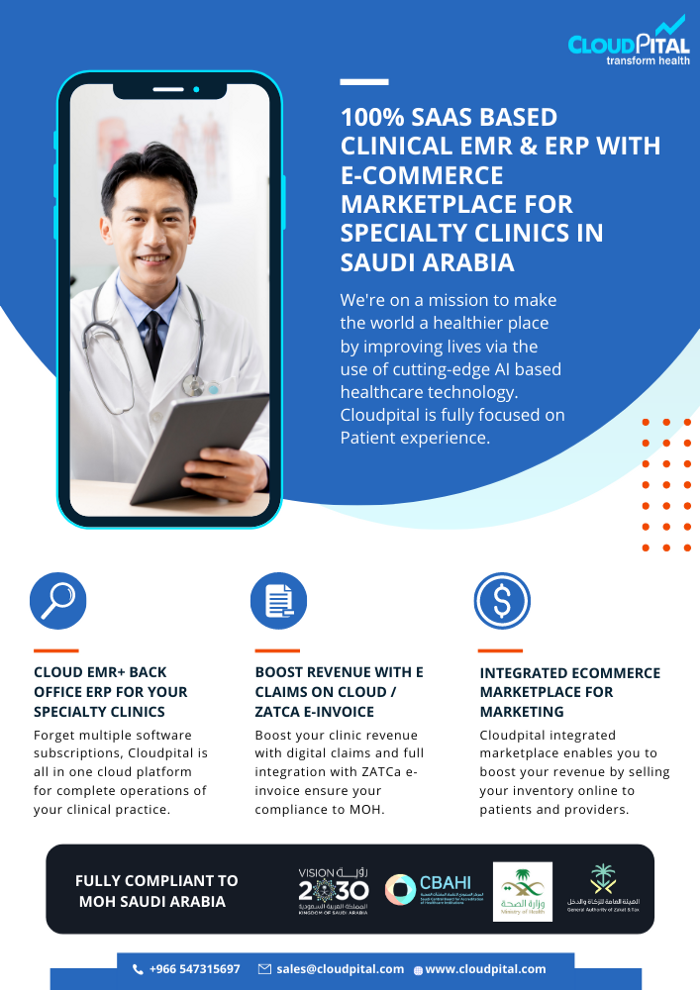
Regular Security Audits and Vulnerability Assessments
Regular security audits and vulnerability assessments will be conducted within Nphies EMR in Saudi Arabia organizations, which, in turn, helps them prevent an attacker from exploiting identified vulnerabilities. Audits check how effective the policies, procedures, and controls are set up to secure data, and vulnerability assessments will identify areas of security risks and allow prioritization.
Implement Security Information and Event Management (SIEM) Systems
SIEM system provides real-time monitoring of security events across healthcare information systems. The systems, therefore, can identify malicious activities and generate alerts as potential threats. This shall provide the organization with proper insights about security incidents happening within their system. Its implementation ensures that the given organization identifies and responds accordingly to any security threat they may have.
Educate and Train Employees on Security Best Practices
Human error leads to being one of the top reasons for data breaches in healthcare. Providing regular training on data security best practices will enable employees to recognize phishing attacks and understand the importance of a strong password, the compliance of proper security protocols, guidelines of handling sensitive data, reporting security incidents, and understanding insider threats.
Strengthen Third-Party Security
Third-party vendors and partners with the right security posture have to be assured to maintain the appropriate data protection measures, so contracts with third parties must include security clauses, data protection agreements, not forgetting breach notification requirements. Audits and assessments of third-party systems can identify vulnerabilities for compliance with set standards.
Secure Internet of Medical Things (IoMT) Devices
Healthcare organizations must have controls for security of IoMT devices. These controls include device authentication, encryption of data, and network segmentation. Updating and patching devices keeps them protected from known vulnerabilities. Furthermore, the use of secure communication protocols and monitoring of device activities can eliminate unauthorized access and data breach.
Improve upon a Strong Incident Response Plan
Proper incident response planning will facilitate swift response in terms of data breaches and other security incidents in healthcare organizations. Plans should include the steps in detecting, containing, investigating, and resolving the incident, including communication protocols and reporting procedures, as well as recovery strategies to keep minimal operations or patient safety in case of a breach.
AI and ML
AI and ML will be used to ensure the data is made safe as it detects patterns and anomalies that may suggest a threat. For example, an AI-based threat detection system would analyze network traffic, user behavior, and system logs to detect suspicious activities in real-time. Therefore, AI and ML will be used to help ensure Medical Solutions in Saudi Arabia organizations are well equipped in responding to the ever-changing cyber threats, thereby making the data more secure.
Conclusion
With digitization of all their operations and deployment of advanced technologies, data security in health care information systems will become more of a cause of concern than ever before. So, the health care providers must focus on solid authentication measures, encryption of data, conducting regular security audits, training employees along with the use of AI-driven threat detection to stop the compromise of sensitive patient information that would not only save the organization but will also ensure that it meets regulatory standards. Such enhancements in terms of information security not only ensure that the rights of the patient have been kept private but also the continuity and integrity of healthcare service deliveries.
Data security is a very complex challenge, and the situation is constantly changing. Therefore, in terms of the approach used to deal with this threat, it must be active and multi-faceted. Healthcare organizations can be in a position to have a secure environment for information systems by giving priority to data security and keeping track of emerging threats and new technologies.
You can explore our other blogs
PMS, EMR Systems, HIM Management
Enhancing Data Security in HIM Management similar software solutions prices were updated on 2025-10-29T22:00:33+00:00 in Saudi Arabia in Mecca, Medina, Riyadh, Khamis Mushait, Yanbu, Jeddah, Dammam, Unaizah, Uqair, Ha’il, Ta if, Al Bahah, Dhahran, King Abdullah Economic City, Najran, Diriyah, Qatif, Khafji, Jubail, Abqaiq, List of Cities and Towns in Saudi Arabia, Ras Tanura, Turubah, Jazan Economic City, Knowledge Economic City, Medina, Khobar, Abha, Tabuk, Saudi Arabia, similar software solutions prices were updated on 2025-10-29T22:00:33+00:00 We also provide in Saudi Arabia services solutions company in Hafar Al-Batin, Udhailiyah, Al-Awamiyah, Hofuf, Hautat Sudair, Buraidah, Tayma, Duba, ‘uyayna, Saihat, Al-Kharj, Al-ula, Jizan, Rumailah, Ar Rass, Arar, Shaybah, Al Majma’ah, Rabigh, Dhurma, Haradh, List of Saudi Cities by Gdp Per Capita, Badr, Sudair Industrial City, Baljurashi, Shaqraa, Al-Khutt, Habala, Ad Dawadimi, Dawadmi, Layla, similar software solutions prices were updated on 2025-10-29T22:00:33+00:00 Price is SAR 100 and this was updated on updated on 2025-10-29T22:00:33+00:00 similar Enhancing Data Security in HIM Management software solutions prices were updated on 2025-10-29T22:00:33+00:00 in Saudi Arabia in Haql, Afif, Al-Abwa, Farasan, Al-Jaroudiya, Thadig, Al-Thuqbah, Al Wajh, Almardmah, Al-Zilfi, Muzahmiyya, Prince Abdul Aziz Bin Mousaed Economic City, Tharmada’a, Skaka, Um Al-Sahek, Sharurah, Tanomah, Bisha, Dahaban, Al Qunfudhah, Qurayyat, Saudi Arabia, Ha’ir, as Sulayyil, Al Lith, Turaif, Al-Gway’iyyah, Samtah, Wadi Ad-Dawasir, Az Zaimah, Safwa City, Jalajil, Harmah, Mastoorah, Hotat Bani Tamim, Jabal Umm Al Ru’us, Rafha, Qaisumah, Al-Ghat, Hajrah, Al-Hareeq. Excerpt: Jeddah (also spelled Jiddah, Jidda, or Jedda; Arabic: Jidda) is a Saudi Arabian city located on the coast of the Red Sea and is the major urban center of western Saudi Arabia similar software solutions prices were updated on 2025-10-29T22:00:33+00:00 Price is SAR 100 and this was updated on updated on 2025-10-29T22:00:33+00:00
11-1-2024
